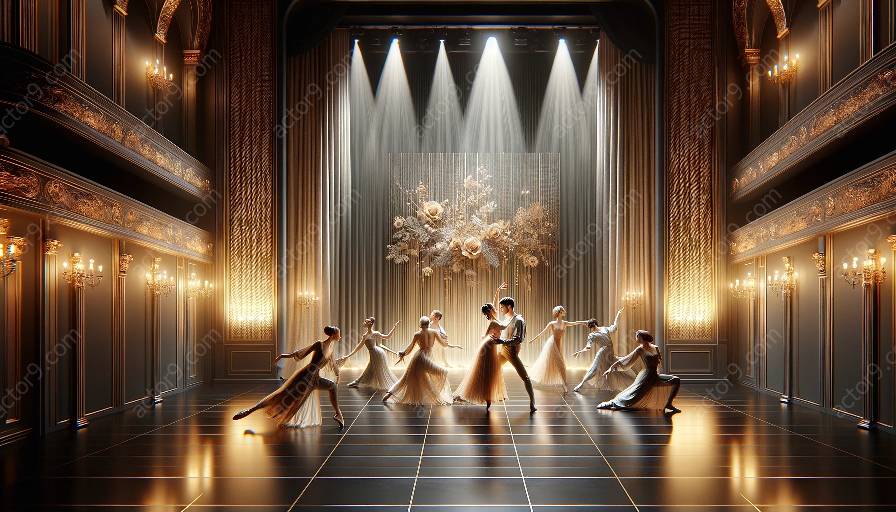Acting and theater are art forms that require a deep understanding of physicality and movement to effectively convey emotions and bring characters to life. One often overlooked aspect of this understanding is the role of rhythm and tempo in shaping the physicality of a performance. In this comprehensive topic cluster, we will delve into how the appreciation and application of rhythm and tempo can significantly improve physicality in acting, and ultimately, elevate the overall impact of a theatrical performance.
The Importance of Movement and Physicality in Acting
Movement and physicality are integral elements of acting. They form the physical expression of emotions, thoughts, and intentions that a character embodies. An actor's physicality, including gestures, postures, and overall movements, directly influences the portrayal of a character and engages the audience at a profound level. As such, mastering movement and physicality is crucial for any actor aiming to deliver a compelling performance.
The Role of Rhythm and Tempo in Acting
Rhythm and tempo are not just concepts reserved for music and dance; they also play a vital role in acting. Rhythm pertains to the pattern of sounds and silences, while tempo refers to the speed at which the rhythm is performed. In the context of acting, rhythm and tempo form the underlying structure that guides an actor's movements, actions, and interactions on the stage. Understanding and harnessing these elements can lead to a refined and impactful physicality in acting.
Enhancing Physicality Through Rhythmic Awareness
One of the ways in which understanding rhythm can improve physicality in acting is through heightened rhythmic awareness. By becoming attuned to the natural rhythms of speech, movement, and emotional expression, actors can infuse their performances with a sense of naturalness and fluidity. This rhythmic awareness allows for a seamless integration of physical actions and emotional states, resulting in a more authentic and captivating portrayal of characters.
Utilizing Tempo to Convey Intensity and Emotion
Tempo, on the other hand, serves as a powerful tool for conveying the intensity and emotional depth of a character's experience. By deliberately adjusting the tempo of their movements and actions, actors can effectively communicate a wide range of emotions, from urgency and agitation to tranquility and contemplation. Through a mastery of tempo, actors can amplify the physical impact of their performances, drawing the audience deeper into the narrative unfolding on stage.
Syncing Rhythm and Movement for Coherent Expression
Furthermore, the synchronization of rhythm and movement in acting is essential for creating a coherent and impactful expression. When an actor's movements harmonize with the underlying rhythm of a scene, it generates a cohesive and visually compelling performance. This synchronization allows the audience to perceive a seamless connection between the emotional dynamics of the characters and their physical manifestations, resulting in a richer and more immersive theatrical experience.
Practical Application of Rhythm and Tempo in Actor Training
To harness the benefits of rhythm and tempo in improving physicality, actor training programs increasingly incorporate exercises and techniques focusing on these elements. These may include rhythmic movement exercises, tempo-based improvisations, and structured exercises aimed at heightening rhythmic awareness and tempo control. Through dedicated practice and exploration, actors can refine their physicality, develop a keen sense of rhythm and tempo, and ultimately elevate their performances to new heights.
Conclusion
The intricate interplay of rhythm, tempo, movement, and physicality in acting underscores the multidimensional nature of theater and performance art. By embracing and mastering these elements, actors can transcend the boundaries of mere dialogue delivery and embody characters in a profoundly visceral and compelling manner. Understanding rhythm and tempo is not only an endeavor to refine one's physicality; it is a journey towards becoming a more dynamic and evocative performer capable of captivating audiences with every nuanced movement and gesture.















































